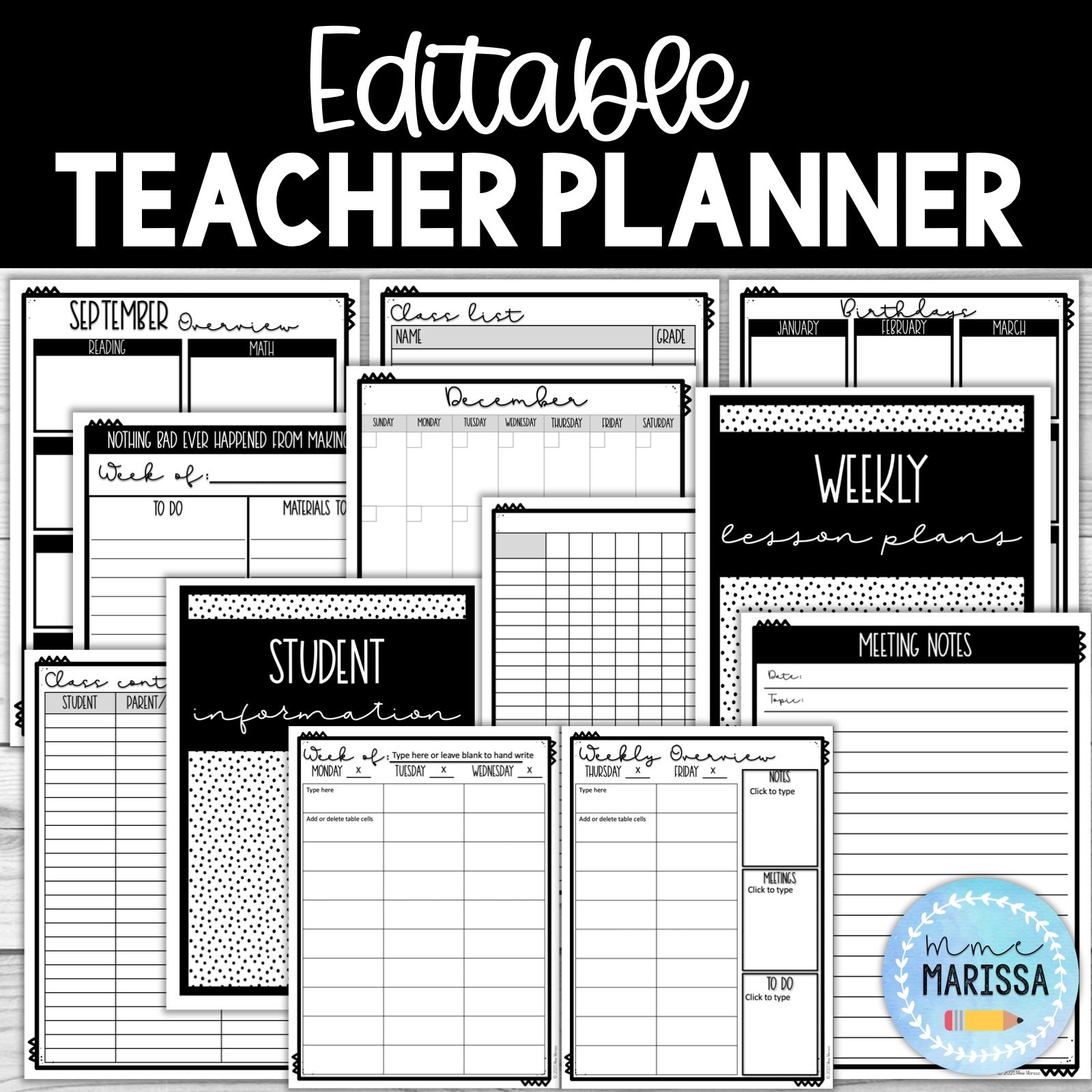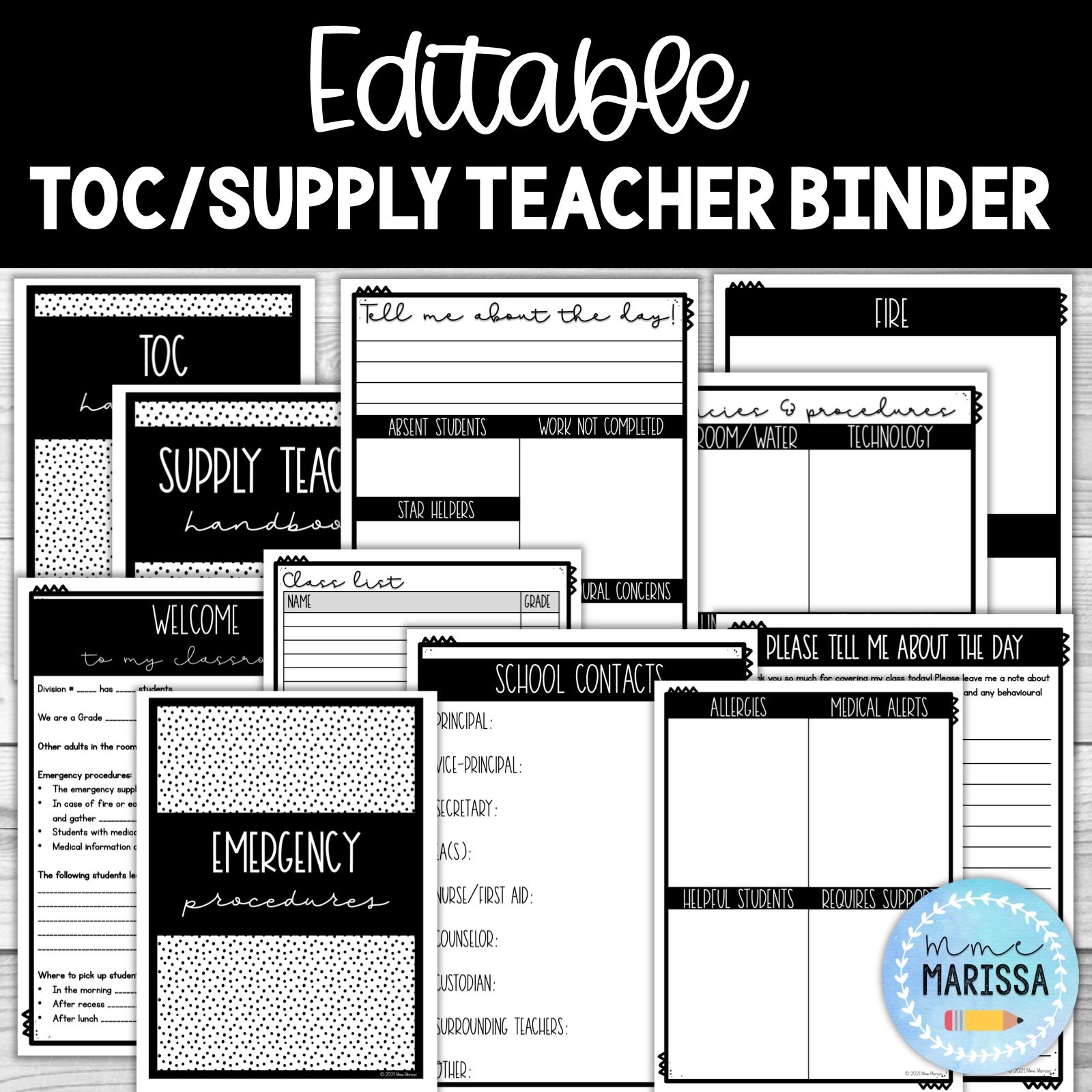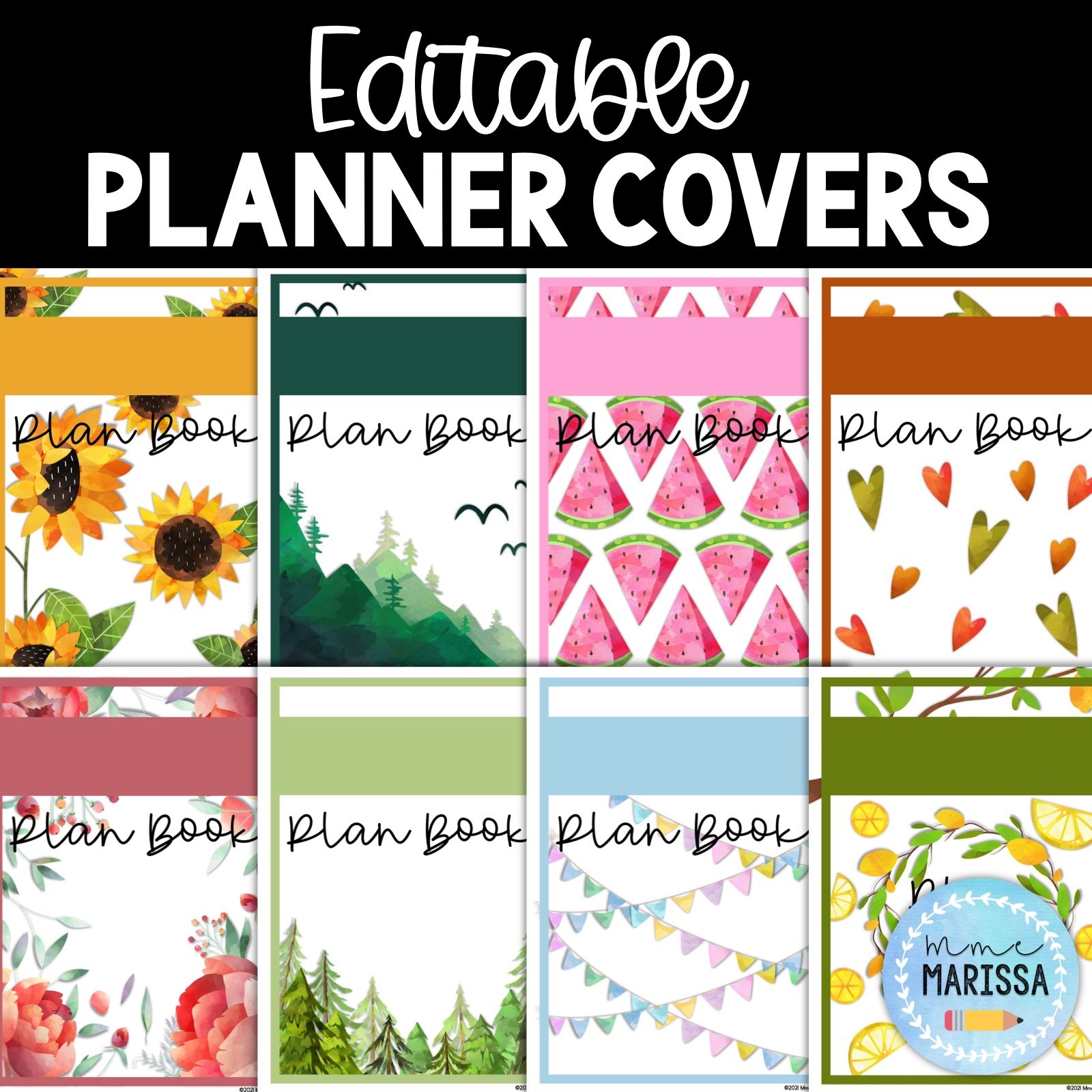Teacher Organization - Planning
Planning is my jam!
I am not one to fly by the seat of my pants. I need to know what I’m doing each day, it helps me feel calm. I was never a TOC (supply teacher) and honestly that sounds horrible to me. I understand the perks of leaving at the end of the day and not having all the other stresses of being a full time classroom teacher, but the stress of showing up and having to figure out someone else’s room, someone else’s plan…no thank you! As teachers we do have to adapt and shift and make decisions constantly. Planning is not going to change that, we have to be adaptable. But…it can lead you to have a smoother day!
I have a binder that sits behind my desk on my bookshelf. It is a one stop shop for everything that I need. Week plan, day plan, to do lists, student information, student passwords, year overviews, calendars, seating charts…
This is also helpful if I need a TOC to be able to find something while I’m away. I also have a TOC binder that lives in the office that gets given to the replacement when they arrive. This is a one stop shop for all info they could ever need. Probably too much, but hey, at least it’s there if they need it! That means all that’s left to do is make the plan and leave materials. All the “this is how we do _______”/ “This student needs __________” is already done and I don’t need to write it out again.
This is how our school does it, but maybe yours lives in your classroom instead.
How do I plan?
Well, the first step is the year overview. This is something that will be dependent on your own curriculum and the order you want to teach things. There is no right or wrong at all, I’ve changed things around many times!
Next, figure out what you are going to teach in which month. Remember, this is an overview and things change. You might take more time on addition than you had planned and that’s ok! The goal of these plans is just an outline with a direction to go in, you’ll need to change and adapt as you go!
I like to choose one day each week that I do my plans for the next week. Obviously I add things as I go but for me, Wednesday is my planning day for the following week. Now, since it’s only Wednesday, I may have to shift things because of how the rest of the week plays out, that’s fine!
Why did I choose Wednesday? Well, it’s because this year my longest prep block (40 minutes) is on Thursday. So by planning what I’ll be doing the next week on Wednesday, I can use my Thursday prep to make copies, find resources, prep materials…whatever I need! This has now meant that I don’t spend Friday after school trying to prepare for the next week like I was doing last year! No one likes to be the only one still at work on Friday because you didn’t get your butt in gear early enough.
The day(s) you choose for planning and prepping will be dependent on your prep schedule and your after school schedule.
The first things I add are the things I KNOW we will do. These are things that we do every week without fail like which printing/cursive letters we’ll be doing, the dictée sound, certain writing activities, grammar activities…these are things I don’t even need to think about. Once those are in, then I take a look at what else needs to be planned. This is where the monthly overview you made will be helpful.
What are some of the main pieces of my planning?
Week plan
I like having a week overview that gives me a quick glance at what’s happening all week. I add tables to match my schedule with the name of the period and then add in the activities by hand. You could absolutely type it if you prefer! There is not a lot of information as to what the activity actually is. It’s enough that at a glance, I know what to do, but someone else would have a hard time knowing what “morning routine” actually means. If it says “math - grade 2: page 110-112” it’s a little more obvious.
2. Day plan (aka day sheets)
Since the week plan is not enough for an emergency TOC to figure out, I also have day sheets. Each day has detailed information about what’s happening for each activity. Now, if I knew I was going to be away, I would write an actual plan for my replacement. In an emergency situation, they could get by with the day sheet. While I am not a fan of Word, I do make these in word so that the boxes drop down as I type. You can make your own, it’s just tables with text and some box shading to show different things. I print them on our coloured paper so it’s easy to flip to Monday since they’re all pink. This is not necessary at all! We happen to have an abundant supply of coloured printer paper at my school so why not use it!
3. To do list
I am a list person, I like lists for everything and I like them to be physical lists. There’s something about crossing things off that just feels so good!
I like to keep track of my “to do”, “to copy” and “to prep” to keep it all organized and in one place. Rather than having random sticky notes all over the place, I try to make sure that everything “to do” goes on this sheet so that a note doesn’t get misplaced.
I use one of these sheets each week.
4. Daily materials
Lots of people use those 10 drawer carts from Michaels to store their daily materials. That’s fantastic if you’ve got the space for one. If you’re a little short on classroom real estate, here’s my alternative. I use a hanging file folder that sits on my shelf. There is a file for each day of the week.
Inside are copies I need, forms to give out, catch up work for students, assessments that need doing, books I will read, the sample of my art project or anything else that might be specific to an activity. They’re not huge folders so I’m not going to store the container of dice or all the art supplies in there.











